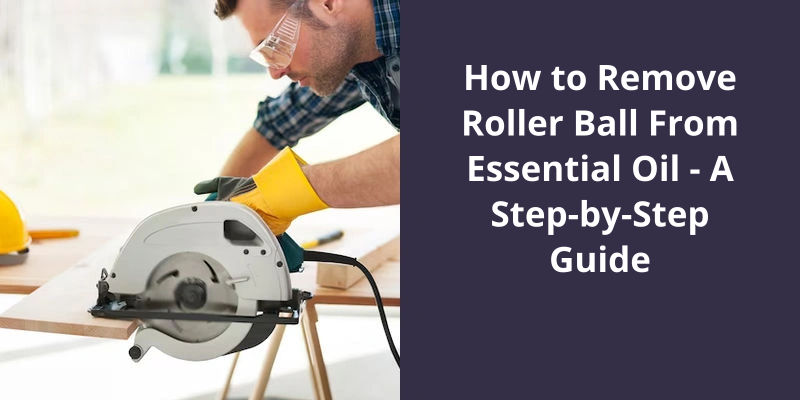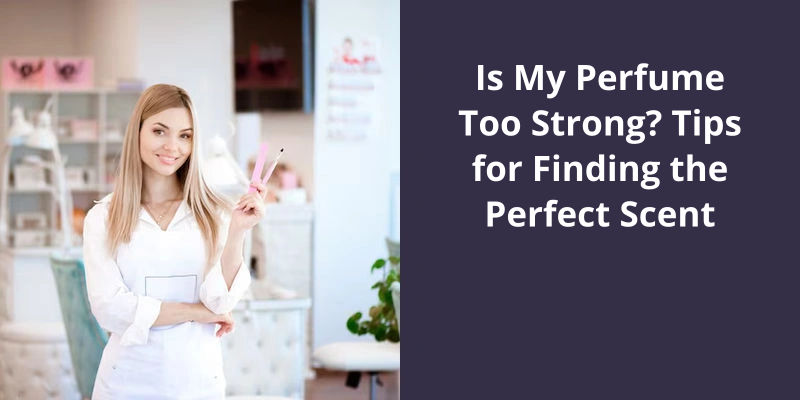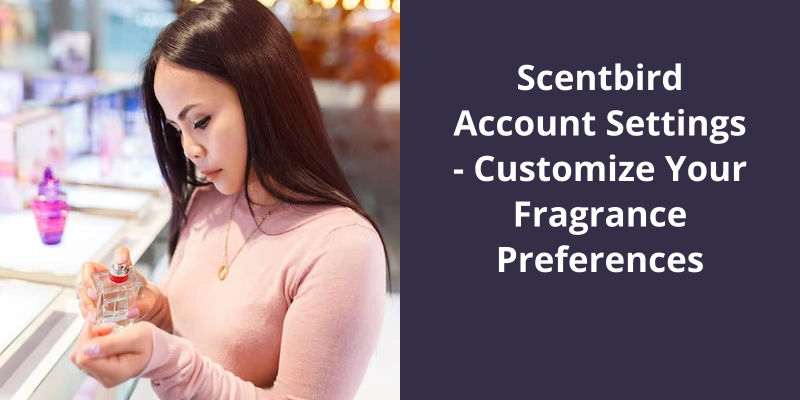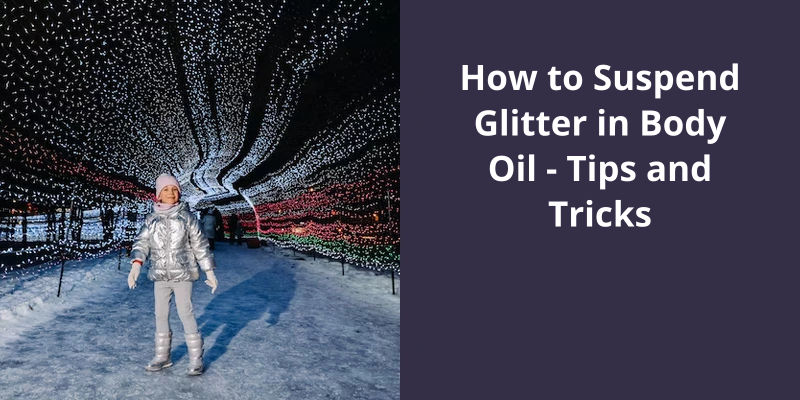To remove the roller ball from your essential oil bottle, you’ll need to do it carefully and gently to avoid spillage or damage. First, secure the bottle to prevent it from rolling. Then, try gently wiggling the top in a side-to-side motion with your fingers. If that doesn’t work, use a thin object like a pocket knife or tweezers to carefully wedge between the ball and its holder, gently prying it loose. If you apply too much pressure, it may result in a leak or break. If the roller ball is especially tight, wrapping a small piece of cloth around it before trying to snap it off can provide extra grip while also protecting your fingers. Once removed, ensure to store the roller ball carefully for future use.

How Do You Use an Oil Roller Ball?
Using an oil roller ball is a simple and effective way to apply essential oils to your skin. To get started, youll first need to remove the roller ball from the top of the bottle. This can typically be done by gently pulling or twisting it off, but be careful not to apply too much force and break the bottle or cap.
After adding the essential oil(s), youll want to top off the bottle with a carrier oil. Carrier oils are neutral oils that help dilute the essential oils and make them safe for direct application to the skin. Common carrier oils include jojoba oil, coconut oil, and almond oil. Fill the bottle nearly to the top, leaving a small space to reattach the roller ball.
This will ensure a secure fit and prevent any leakage. Finally, put the cap back on the bottle and give it a good shake to mix everything together.
Now that your oil roller ball is ready to use, you can start applying the oil to your desired areas. Popular placements include the neck, temples, wrists, chest, and soles of the feet. Simply roll the ball over the skin in a gentle back-and-forth motion to distribute the oil. Remember to start with a small amount and reapply as needed throughout the day.
Whether youre looking to relax, energize, or support your overall wellbeing, this step-by-step guide will help you create your own custom roller blends and make the most of your essential oil collection.
How to Clean and Reuse Your Roller Ball Bottle
If you want to clean and reuse your roller ball bottle for essential oils, follow these simple steps. First, remove the roller ball cap from the bottle by twisting it counterclockwise. Next, carefully remove the roller ball by gently prying it out with a small tool, such as a toothpick or tweezers. Once removed, rinse both the roller ball and the bottle with warm, soapy water. Use a small brush or Q-tip to clean any residue or build-up inside the bottle. Rinse thoroughly and let both the roller ball and bottle air dry. Finally, reassemble the bottle by inserting the roller ball back into the bottle and twisting the cap back on. Your roller ball bottle is now clean and ready to be refilled with your favorite essential oil!
When it comes to creating your own rollerball blends, knowing the appropriate ratio of essential oils to roller balls is essential. For a standard 10ml rollerball bottle, it’s recommended to use 20-30 drops of essential oil. If you’ve a 5ml bottle, 10-15 drops of essential oil should suffice. Lastly, for a larger 15ml bottle, aim for 30-45 drops of essential oil.
What Is the Ratio of Essential Oils to Roller Balls?
When it comes to using roller balls with essential oils, it’s important to understand the correct ratio of oil to roller ball bottle. The standard 10ml rollerball bottle typically requires 20-30 drops of essential oil. This ensures that the potency of the oil is balanced and provides a pleasant and effective aroma.
For smaller 5ml bottles, a slightly lower ratio of 10-15 drops of essential oil is recommended. This ensures that the smaller bottle can still hold a sufficient amount of oil without overwhelming the roller ball or causing leakage.
It’s important to note that these ratios are general guidelines and can be adjusted according to personal preference. Some individuals may prefer a stronger scent and may choose to add more drops of essential oil, while others may prefer a more subtle aroma and opt for less oil.
When it comes to filling essential oil rollers, there are numerous options for carrier oils to choose from. One popular choice is fractionated coconut oil, which not only works well in rollers but is also commonly used for moisturizing dry skin. Alternatively, oils like jojoba and avocado can also be used as carrier oils. The key is finding the one that best suits your needs and preferences.
What Carrier Oil to Use for Essential Oil Rollers?
When it comes to choosing a carrier oil for your essential oil rollers, there are many options available. However, my personal favorite and go-to choice is fractionated coconut oil. This versatile oil has a variety of benefits and is perfect for use in roller bottles.
This means that your roller bottles will stay fresh and effective for a longer period of time. Plus, fractionated coconut oil is odorless and colorless, which allows the true scent and color of your essential oils to shine through.
Other popular choices include jojoba oil, avocado oil, and sweet almond oil.
Consider factors such as skin type, desired consistency, and any specific properties you’re looking for in an oil.
Another way to use roller ball perfume is by applying it to your neck. This allows the scent to linger and waft up towards your nose throughout the day. Additionally, you can roll the perfume onto the back of your knees or the insides of your elbows for a subtle and inviting fragrance. These strategic application points help enhance the overall experience and longevity of your roller ball perfume.
How Do You Use Roller Ball Perfume?
Rubbing the roller ball perfume onto your temples allows the fragrance to interact with your skin and release it’s aromatic molecules, providing relaxation and calming effects. The gentle pressure of the roller ball also helps to massage the temples, promoting blood circulation and reducing tension headaches. This method is particularly effective during moments of stress or when needing a quick moment of relaxation.
Another way to use roller ball perfume is by rolling it onto your pulse points, such as your wrists and neck. These areas have a higher body temperature, causing the fragrance to evaporate more quickly and release it’s scent throughout the day. Applying the perfume to these pulse points allows the fragrance to mix with your bodys natural oils, creating a unique scent that’s personal to you.
If youre looking for a more subtle application, you can roll the perfume oil onto the tips of your fingers and gently dab it onto your clothes or hair. This allows the fragrance to be dispersed in a more controlled manner, ensuring that it doesn’t overpower your senses but still lingers throughout the day.
For a more targeted application, you can roll the perfume onto a cotton ball and place it in your drawer or closet. This creates a fragrant environment for your clothes, infusing them with a delicate scent that lasts. It’s a great way to freshen up your wardrobe and enjoy your favorite fragrance even when youre not wearing it.
When using the roller ball perfume, it’s important to start with a small amount and build up as needed.
Now that we’ve covered how to remove essential oil residue from plastic, let’s explore some effective methods to clean and maintain essential oil diffusers.
How Do You Remove Essential Oil Residue From Plastic?
When it comes to removing essential oil residue from plastic, there are a few effective methods you can try. One simple and efficient way is to use isopropyl alcohol. Start by soaking a paper towel in isopropyl alcohol and then wrap it around the surface where the residue is located. Make sure the entire residue is covered by the towel.
Allow the paper towel to sit on the residue for about 5 to 10 minutes. This will give the isopropyl alcohol enough time to dissolve the residue. The alcohol works by breaking down the oils, making it easier to remove. After the designated time has passed, remove the paper towel carefully.
Another method you can try is using baking soda. Create a paste by combining baking soda with a small amount of water. Apply this paste to the area with residue and gently rub it in using a soft cloth or sponge. The abrasive nature of baking soda will help remove the residue without causing any damage to the plastic surface. Once you’ve thoroughly scrubbed the area, rinse it off with water.
Start by wetting the affected area and then apply a small amount of dish soap. Use a sponge or cloth to lather the soap over the residue, gently scrubbing in circular motions. This method is effective for lighter residue but may require a bit more effort for tougher stains.
In some cases, you may find that vinegar is the solution you need. The acidity in the vinegar will help break down the oils, making it easier to remove.
Remember, when trying these methods, it’s always important to test them on a small, inconspicuous area first to ensure they don’t cause any damage to the plastic surface. If all else fails, you can also try using specialized products designed specifically for removing tough stains from plastic. Follow the manufacturers instructions for best results.
Using Lemon Essential Oil to Remove Residue
If you’re looking for a natural way to remove residue from your roller ball, lemon essential oil can be a great option. Lemon essential oil is known for it’s powerful cleaning properties and pleasant citrus scent. To remove residue, simply remove the roller ball from the bottle and place it in a small dish. Add a few drops of lemon essential oil to the dish and let the roller ball soak for about 10-15 minutes. After soaking, use a clean cloth or cotton swab to gently wipe away any remaining residue. Rinse the roller ball under warm water, dry it thoroughly, and then reassemble it onto the bottle. Your roller ball will be clean and ready to use again!
Conclusion
By following the techniques outlined in this guide, you can safely detach the roller ball, allowing for easier refilling, customization, or any necessary replacements. Remember to exercise caution and utilize the recommended tools to ensure a smooth removal process without damaging the bottle or compromising the integrity of the essential oil.





